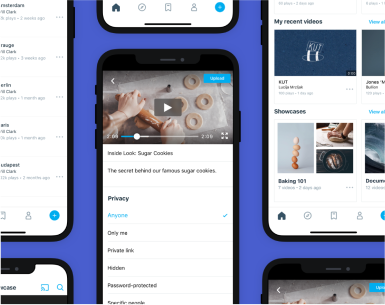Introduction
The Weather Company, an IBM business, has around 425 million monthly users worldwide. The company provides B2B and B2C users with national and local weather forecasts, reports, and severe weather coverage on digital assets such as weather.com, Weather Underground, and related mobile apps.
Till 2016, The Weather Company’s web properties mostly had desktop users. They used a combination of emulators, physical laptops and mobile devices with specific browsers and different operating systems to test their website. However, post-2016, they observed a massive shift in user behavior – their user base started using mobile devices more than desktops and laptops. Given the fragmentation in the mobile market, testing on physical mobile devices became a cumbersome, investment-heavy task. It became increasingly difficult and expensive to maintain quality and speed.
To solve these challenges, they moved testing to BrowserStack and saw improvements on multiple fronts beyond speed and quality – coverage, productivity, cost savings, and more!
Scalable infrastructure for automated mobile testing
Back in 2012, The Weather Company tested mostly manually for desktop users. When they acquired Weather Underground in 2013, they were introduced to BrowserStack. The Weather Company migrated some of its testing to BrowserStack, to test on different versions of IE, Safari, Chrome, Firefox, etc., in use at the time. This approach worked well for a while, and when The Weather Company was looking for a test automation solution, BrowserStack was automatically top of mind.
At the time, they were running about 500 tests on 5,000 instances a night on virtual machines. As their user base primarily used desktops, the inability and lack of infrastructure to run automated mobile tests did not bother the team.
In 2016, however, their 75:25 desktop:mobile split flipped to approximately 75% mobile and 25% desktop. A testing solution for mobile devices suddenly became a priority. An on-premise grid of mobile devices would be expensive to set up, time-consuming to maintain, and nearly impossible to scale due to the rapid developments in the mobile market.
“Even if we were to maintain an on-premise device farm of only the top 10 user devices, we would have to spend upwards of $50,000 a year, and we would still not have any automation capabilities out of the box,” explains Todd Eaton, Head of Consumer Product DevOps & QA at The Weather Company.
They turned to BrowserStack again to see if the platform could also handle automated mobile tests cost-effectively. A few POCs later, BrowserStack became the preferred solution for testing at The Weather Company.







